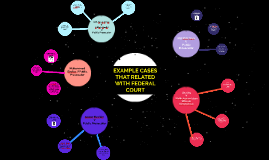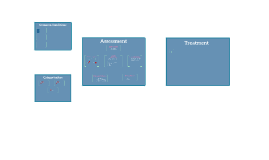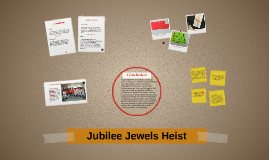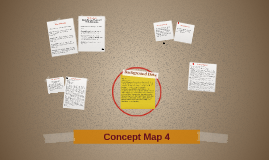CASE BACKGROUND
Transcript: accountant Investigators: Khalil, Grant, Yuri Bite marks were discovered at the scene. After investigating, we found that Ruby's bite marks matched those found at the crime scene. this week we learned how to match impression evidence such as bite marks, positioning, and other characteristics of teeth. Final Reporters: Hannah and Mia In conclusion we found Katie and Gregg guilty. they worked together to frame Ruby as the robber by planting her DNA and fingerprints at the scene. we think this because when we interviewed Gregg he lied four times. First, he said that he had no interaction with Katie whatsoever. This is a lie, since Joe saw them talking in Katie's shop. Gregg also said Joe was a Business Manager, and Ruby was a great worker, after trying to get her out of the company. He also said that Joe never touched the safe, which Joe also refuted. Gregg and Katie will share the insurance money from the jewels. receptionist This is the longest job she has had since she graduated college. She also has lot of medical bills to pay off because, of her ill mother. She controls the inventory of the store. Greg Sapphroni During the week we went to a fingerprinting station and we identified prints into three categories. Arches Whorls and loops. We also dusted for prints on different surfaces. This helped us solve the case in many ways because we learned how to identify and match prints. We were able to to find both Gregg and Ruby's finger prints on the store safe. But knowing that Gregg owns the store and is frequently in and out of the safe. Investigators: Bao Tran, Koley, Aaren, Andre Handwriting Evidence Conclusion Fingerprinting Analysis Sally Corundum Ruby St. Marco Investigators: Aaren, Robert, Bao Tran, Jordan ("Struggle-o") Investigators: Jaiden, Koley ,Iyonna, and Andre DNA ANALYSIS there were four suspects sally, Ruby, Gregg and joe. they read and analysized the sheets of paper with the codes, they compared it to all the other suspects handwriting. Sally and Ruby's handwriting had the most similarities to the sheets found at the crime scene. Jubilee Jewels Heist Handwriting Analysis On the morning of Friday, June 1st, Greg Sapphroni entered his jewelery store, jubilee jewels. $50,000 worth of antwerp diamonds were stolen from Greg's office. there is 4 suspects, Greg , Joe, Sally ,Ruby. Bite Mark Evidence Joe has all the paper work and other financial information about jewelery store. also spends a lot of time at the store to acquire the safe codes. Orange team CASE BACKGROUND Bite marks Analysis Our DNA team analyze the DNA left at the crime scene, based on the suspects that were listed. The labs that we did this week that helped us tremendously was the DNA testing. during that lab we learned how to match suspects DNA to the DNA found at the crime scene. Only two of the suspects DNA was found in Greg's office.Those suspects were Ruby and Joe. Joe Stone owner He has the keys and codes to the store and the safe. He could have easily pulled off an inside job without being suspected. Sales Ruby had issues with other employees. Since she began working at the store sales have declined significantly. She also has financial troubles and believes she should get better pay. Ruby has overheard about pay cuts. Fingerprint Evidence

















